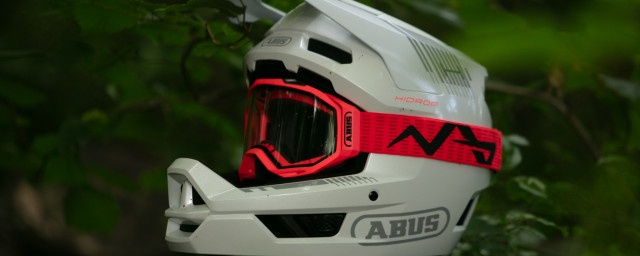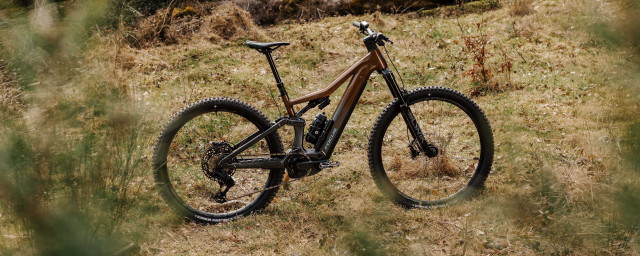Gravel race tips: Five tricks for tackling your first long event

The dust has now well and truly settled from the Ekoi Stone Circle gravel event, held in and around the outskirts of the beautiful city of Salisbury. The inaugural event, put together by the pro event organiser Hotchillee, attracted a host of cyclists. This included semi-professional gravel bike racers as well as those more accustomed to the multi-terrain surfaces that define the UK gravel scene.
- 2023 UK gravel events - the best off-road races of the year
- Gravel cycling: Unsupported vs organised gravel events
- Gravel racing - what's next for cycling's fastest growing discipline?
Joined by my colleague Jamie Williams, who typically favours tarmac but is no stranger to off-road escapades, we embarked on the challenging 216km route – Jamie's longest ride of the year, if not ever. Tackling any gravel event is a noteworthy achievement, and during the summer months, additional factors like scorching heat or unexpected downpours (this is the UK, after all) add to the complexity.
Our journey began at the early hour of 5am to beat the heat and other challenges that the day was about to throw our way.
It was shortly after that 5am send-off when I last saw Jamie before the finish line as he bolted off with the fast guys, and I settled into my own, steadier pace. Riding 216km is not an easy feat regardless of how fit you are and poses a challenge to both your mind and your legs – you need to keep moving despite the ever-growing aches and pains.
If you are thinking of tackling your first-ever gravel event, here are our top five tips for making it a little easier and more enjoyable experience.
1. You can never fuel too much
Especially on gravel, paying attention to your fueling strategy can really make or break your riding experience. Gravel, due to its bumpy nature, poses a challenge to cyclists trying to hold anything in their hands, which is why high-carb drinks are the saviour.
They're easy to down when you don't feel like eating, you don't need to open any wrappers or packages to get your nutrition in, and you can easily
2. Don't try new things on the day of the event
Because of the long-distance nature of many gravel events, it's worth leaving anything new and experimental at home.
At the Stone Circle, Jamie was testing a hydration vest - as did many others - and ended up having an achy back because of that for hours. The same goes for new bib shorts, tyres, and components on your bike. Stick with what you're familiar with and make sure everything you have fits you well. On long days in the saddle, your feet and body will go through a lot, so it's crucial that you have good gravel shoes that allow your feet to swell a little, and comfortable shorts and jersey that don't chafe.
3. Don't go off too fast
Although this advice is well-known, it often gets tossed to the side when the red mist descends and the racing kicks off. Overexerting early on can lead to regrets later – many of us have learned this the hard way.
It's all too easy to get carried away when you are in the midst of a gravel event mass start. Ways to counteract blowing yourself up way too soon include using a power meter or heart rate monitor. With the help of the tech, you can then set yourself limits before the start and only go over them when absolutely necessary for example on very steep climbs.
4. Tyre choice
Equipment plays a pivotal role in gravel racing. Prior to the event you should, at the bare minimum, assess all of your gear, ensuring sufficient brake pad life and resolving any lingering mechanical issues.
Tyre selection is crucial. For long distances, prioritise puncture resistance over speed. Rainy forecasts call for knobblier treads, while a mix of road and gravel prompts consideration of smoother rubber. Tailor your choice to the event's terrain and conditions.
Our best advice is to check out the terrain beforehand, consider how much road there is and then make decisions on the tread pattern and tyre volume accordingly. Don't just go for the lightest and fastest tyres out there, better safe than sorry (and if you’re new to gravel, the more grip the faster and more confident you are in the end). It's a great feeling riding confidently, knowing you can trust your equipment. We often see people on the side of the road fixing punctures and trying desperately to plug a hole.
5. You will go through hell and back - but it’s all worth it
Long-distance gravel events often encompass moments of adversity, where doubts surface and the finish line seems distant. You might have heard the expression “type-two fun” and that is exactly what long-distance gravel events often are. While you’re doing it, you might be questioning your life choices but, once you cross the finish line, the achievement really hits you and lifts the mood.
It’s okay to push yourself a little and tackle an epic gravel challenge but remember to listen to your body. More often than not, as long as you fuel properly, take adequate rest and hydrate, you will come out the other side in fairly decent shape - and still have enough energy to enjoy the after-ride party.
- Check out the Ekoi Stone Circle gravel event details here.













